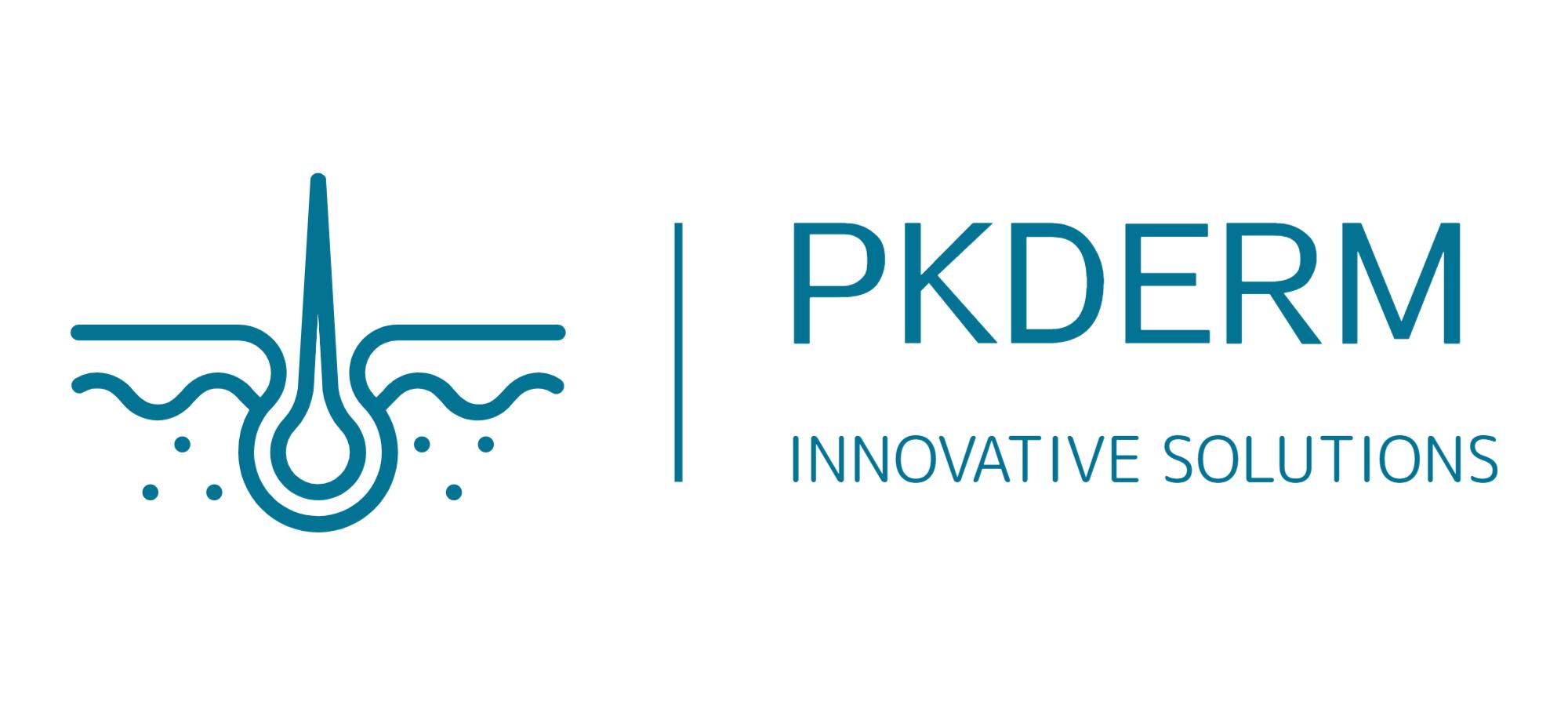OpenTox Virtual Conference 2021 Session 13
Used combined in silico approaches for the prioritization of mycotoxin toxicity assessment
Denis Habauzit1*, Pierre Lemée1, Valérie Fessard1.
1 ANSES (French Agency for Food, Environmental and Occupational Health & Safety), Toxicology of Contaminants Unit, Fougères, France.
Food production throughout the world is concerned by contamination with natural substances such as mycotoxins. These toxins are produced by fungi and are responsible for diseases in livestock but also in humans with 50 000 hospitalizations estimated per year in the European Union. The concern due to the presence of mycotoxins in food and feed is increasing as the development of fungi is favored by global warming.
In this study, an in silico evaluation of the mutagenic and carcinogenic potential was performed on a list of 772 mycotoxins and metabolites. Mutagenicity and carcinogenicity predictions were performed on 11 different QSAR models, 6 for mutagenicity and 5 for carcinogenicity. A scoring method was applied to take into account the prediction output of each model. The comparison between prediction and experimental data permitted to a selection of the best method combination that has been further applied to the whole mycotoxin list. Among these compounds, 51 were predicted to be mutagenic, 34 were predicted to be carcinogenic. The overlap between these two lists highlighted 29 molecules that were considered both mutagenic and carcinogenic. Among this last set of molecules, 5 were little documented in the literature but could constitute a risk for humans and animals. This in silico approach will allow prioritizing the compounds to be tested and selecting the experimental work to fill data gaps.


